If you are in the market a mid-budget phone that can shoot better portraits, the Vivo V40 5G phone seems to be squarely targeted at you.
It is hard not to see why portraiture is at the heart of the new smartphone. Famous German lens manufacturer Zeiss is featured prominently on the smartphone’s camera bump. Different camera modes and bokeh simulations also promise to enhance the look of portraits.
The V40 has three cameras:
- A 50-megapixel camera with 1/1.56-inch Samsung ISOCELL sensor and an f1.88 lens
- A 50-megapixel 11mm full-frame-equivalent ultrawide-angle camera with an f2 lens
- A front-facing 50-megapixel camera
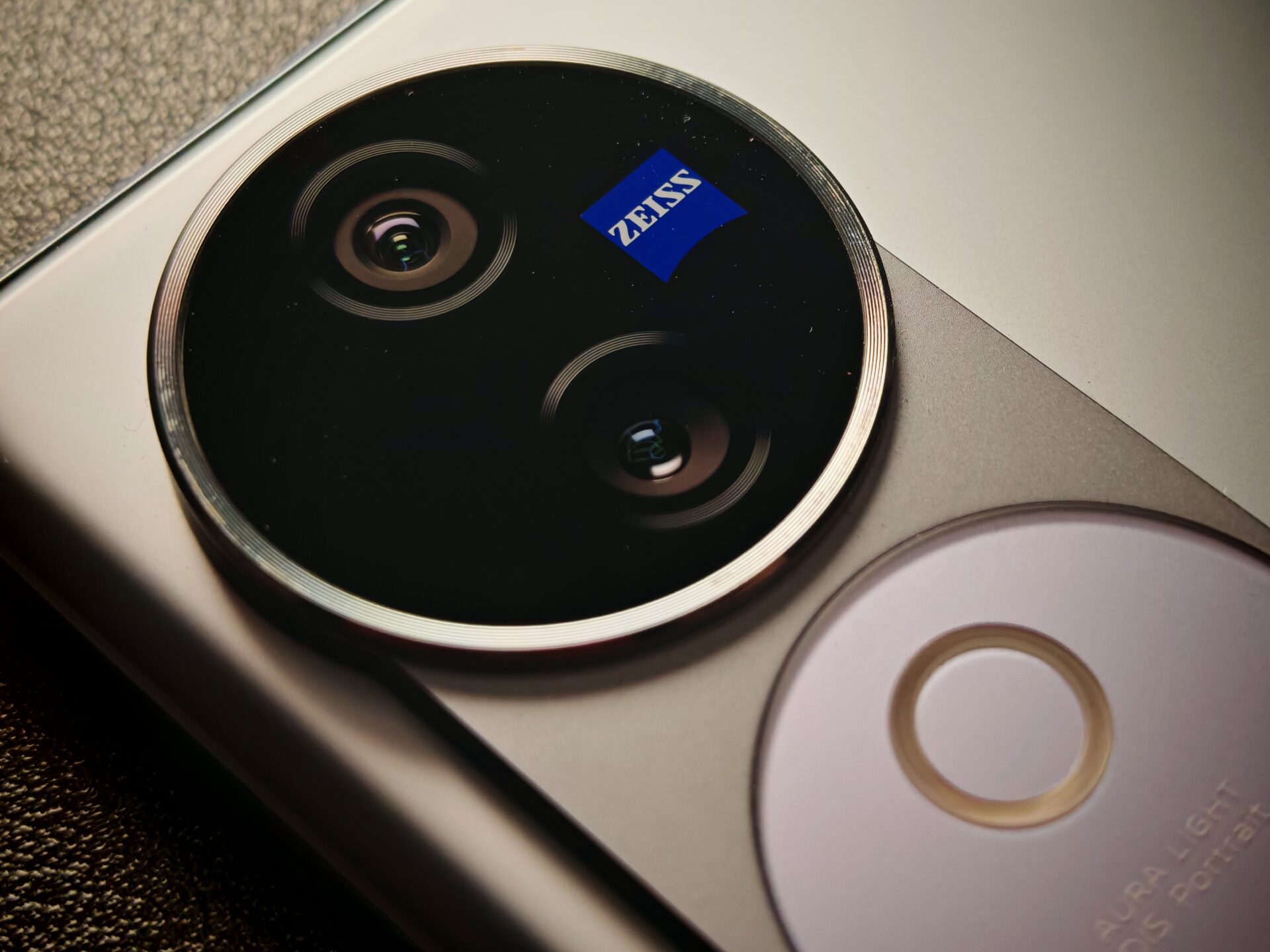
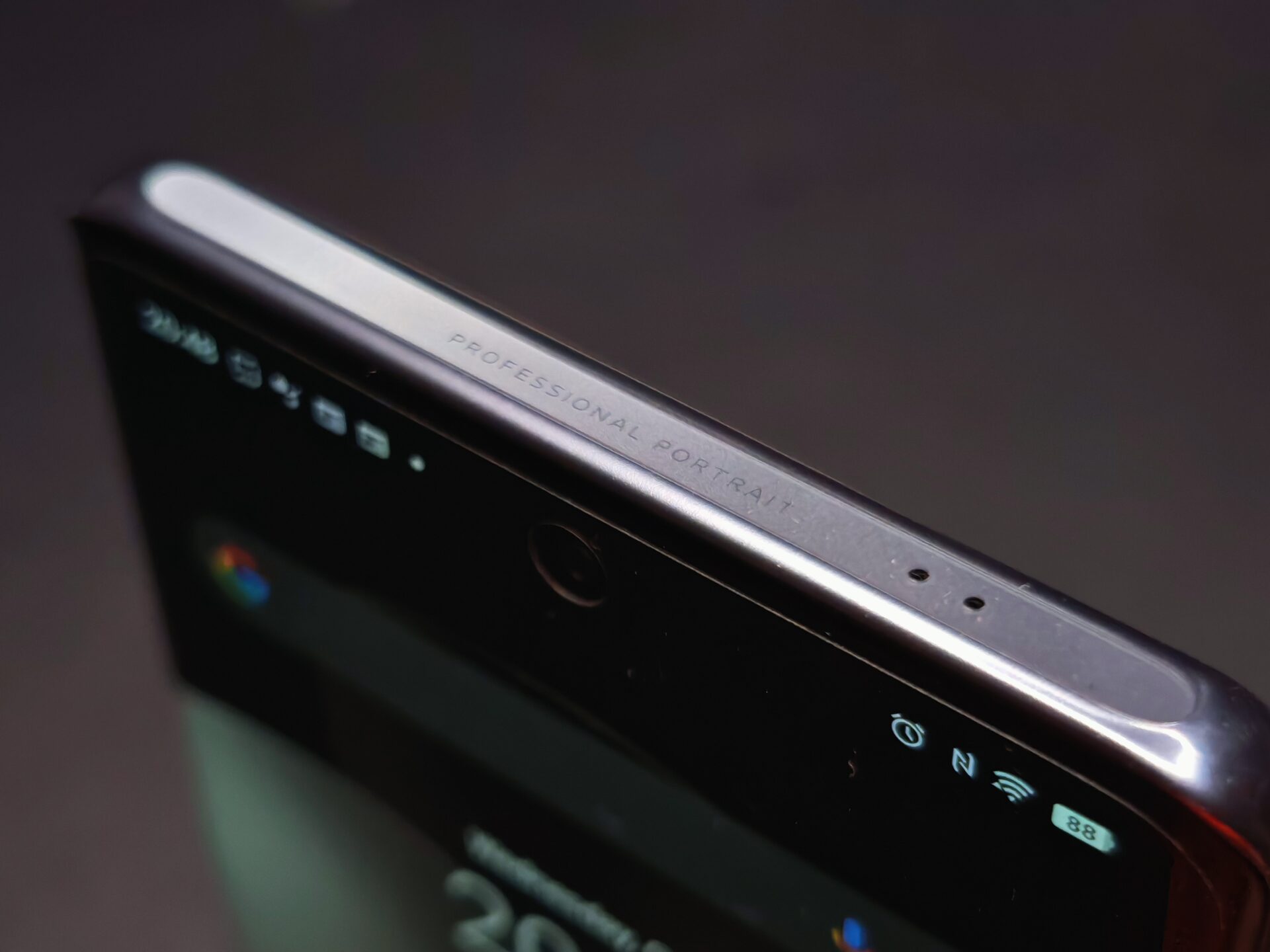
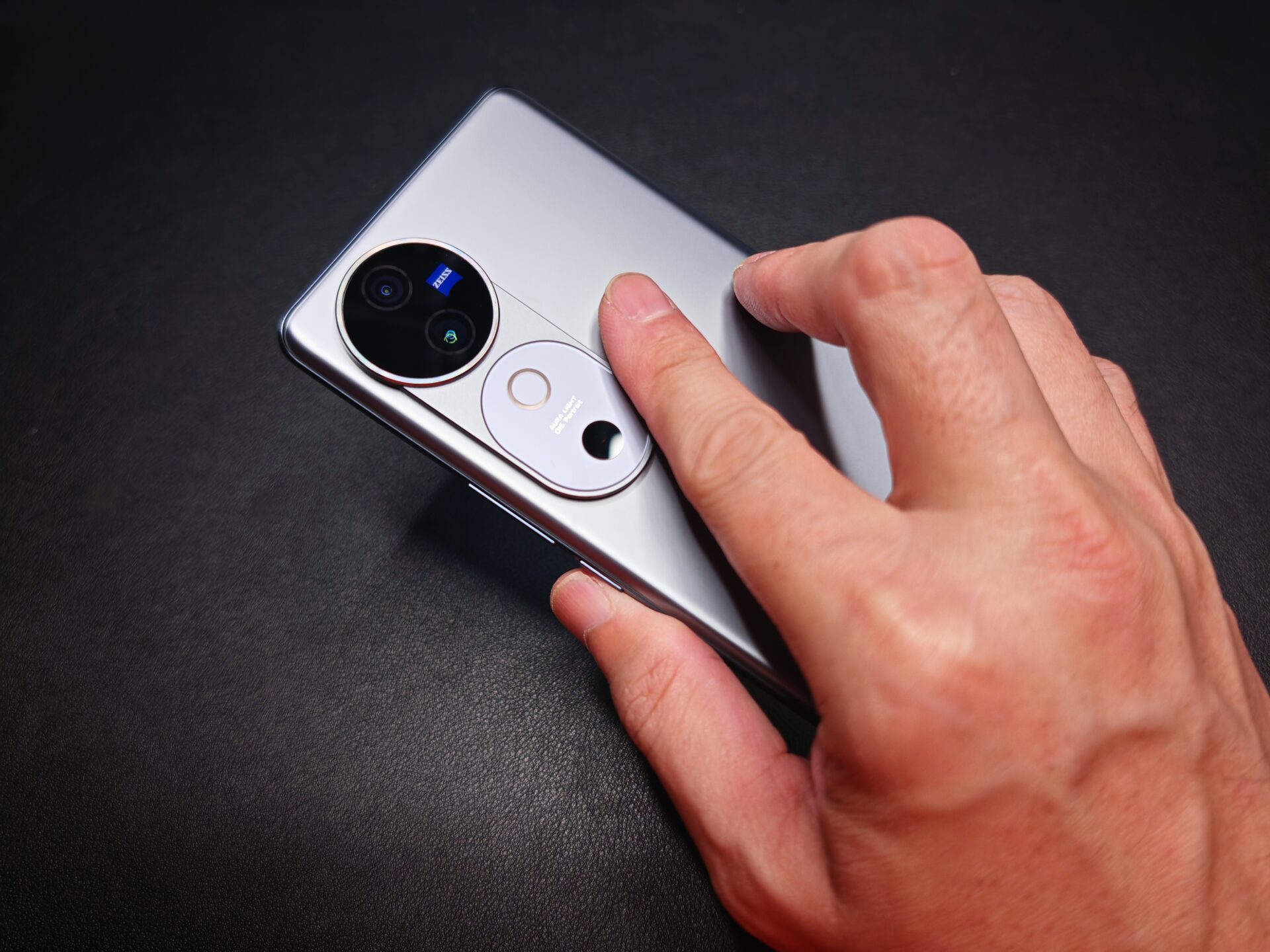
One of the more intriguing features is the Portrait Lens Kit function. This emulates the look of a camera lens’ focal length at 24mm, 35mm, and two 50mm filters—Natural and Classic.
The natural filter gives images a warmer look, emphasising a natural skin tone, while Classic has a blue filter that reminds me of old film aesthetics.
When applying bokeh to portraits, you can use different types of blur effects. Famous Zeiss lenses’ bokeh effects, such as the Sonnar, Planar, and Distagon, do add a bit of pizazz to portrait shots, especially in a dark alleyway background with lightbulbs as the light source.

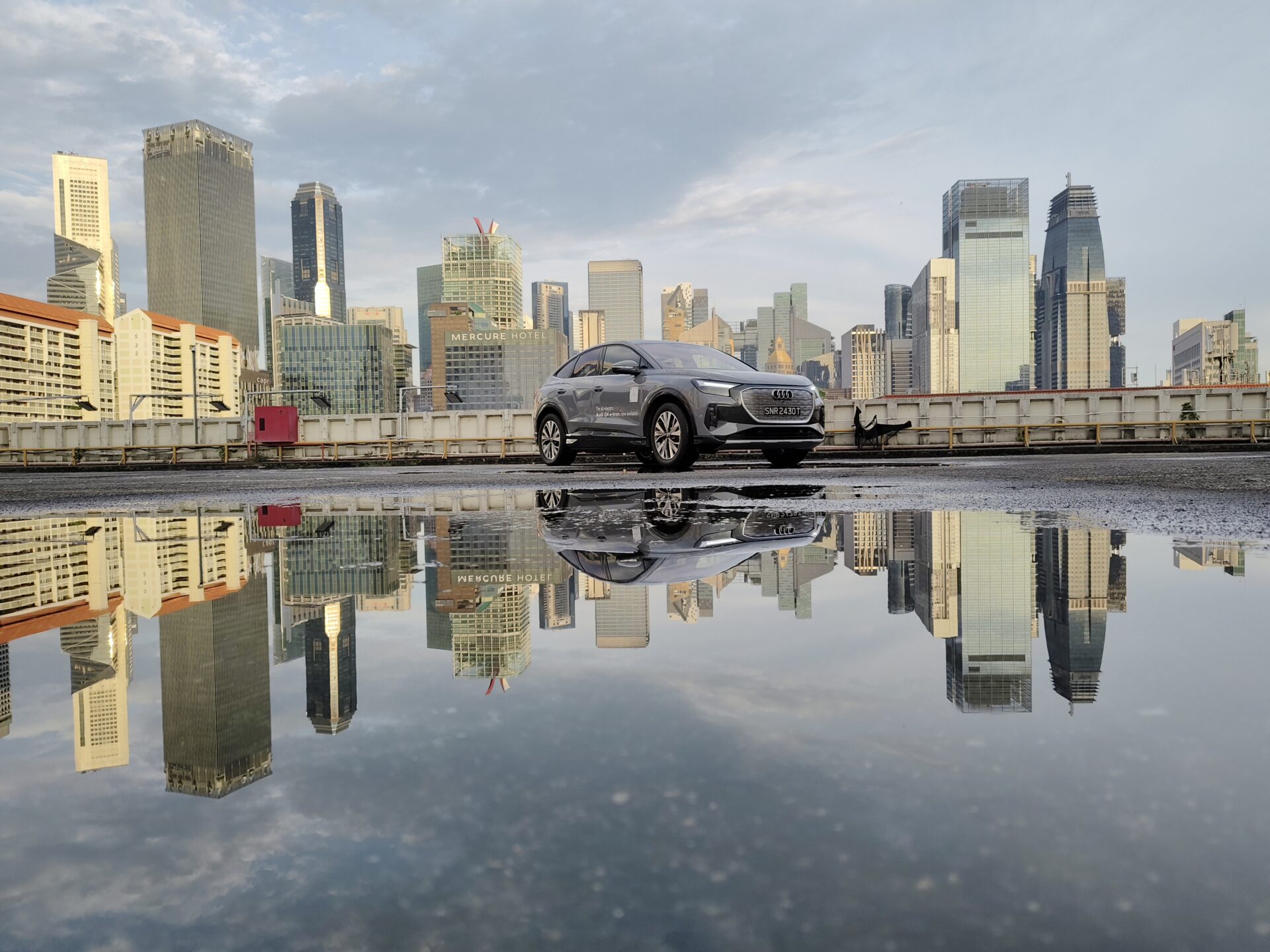
The Vivo V40 has two 50mm filters to simulate a camera shooting with 50mm lens even though the smartphone does not have a proper zoom camera. The only way to achieve the compressed look expected from portraitures is to crop or digitally zoom into the frame, but the image quality will suffer.
While the portrait features are impressive on paper, the subject extraction from the background is often inaccurate to the point that it is distracting. Photos of food are also too lacklustre for my liking, even with Food Mode switched on.
I have tried to achieve the most natural-looking colours by switching on the camera’s Zeiss Natural mode and tweaked the display settings to professional mode but even that did not yield colour-accurate images.
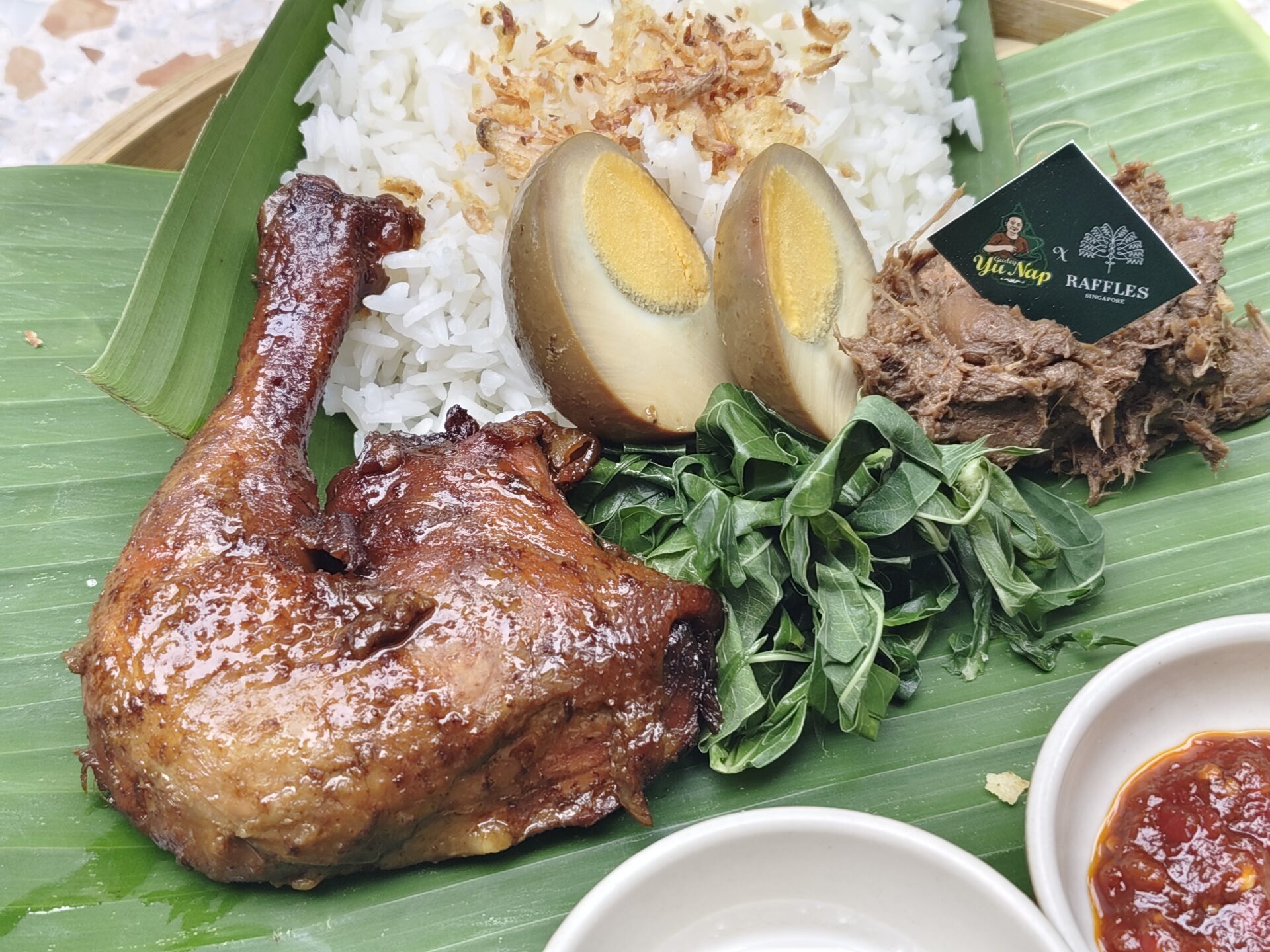
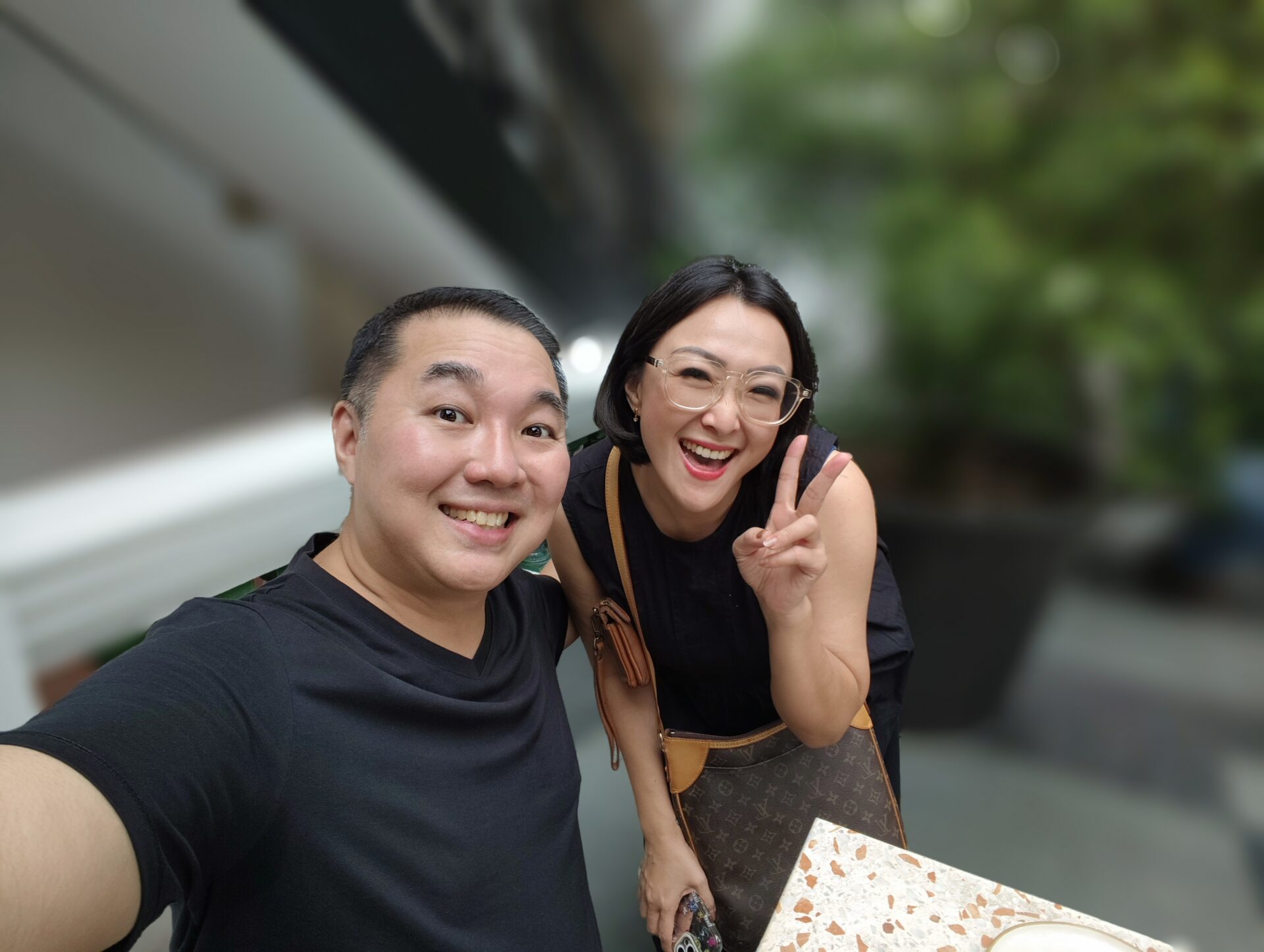

What about design? Vivo scores some important points here for first impressions. The 7.58mm-thick smartphone feels secure in your hands with its matt glass back.
The 6.78-inch AMOLED screen is bright enough at 4,500 nits and refreshes at 120Hz to prevent eye strain. The 5,500mAh battery lasts a whole day without issue and can be charged quickly with the 80W charger that comes in the box.
In terms of performance, the Vivo V40’s Qualcomm Snapdragon 7 Gen 3 is ably supported by 12GB of memory. Together, they make the phone zippy enough for most uses, such as Web browsing, social media and watching videos.
However, I’d expected Vivo to pack a bit more in the storage department. The onboard 256GB storage space feels underwhelming if this smartphone is to be used for taking pictures and videos.
Since you can’t pop in a memory card, be prepared to download the images or videos to your computer more often. Alternatively, subscribe to cloud storage services to make sure you have enough space.
In Singapore, the Vivo V40 5G is available in Peach and Grey and retails for S$649. It’s a decent price but if you want a better camera and can stretch your budget, a better choice might be the S$799 Honor 200 Pro instead.







I am a Vivo and Zeiss lover ❤️